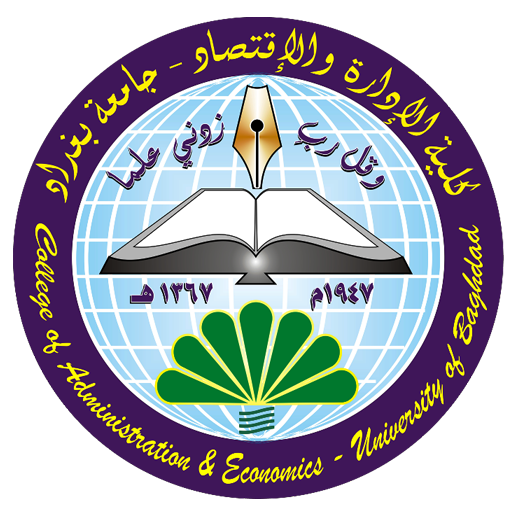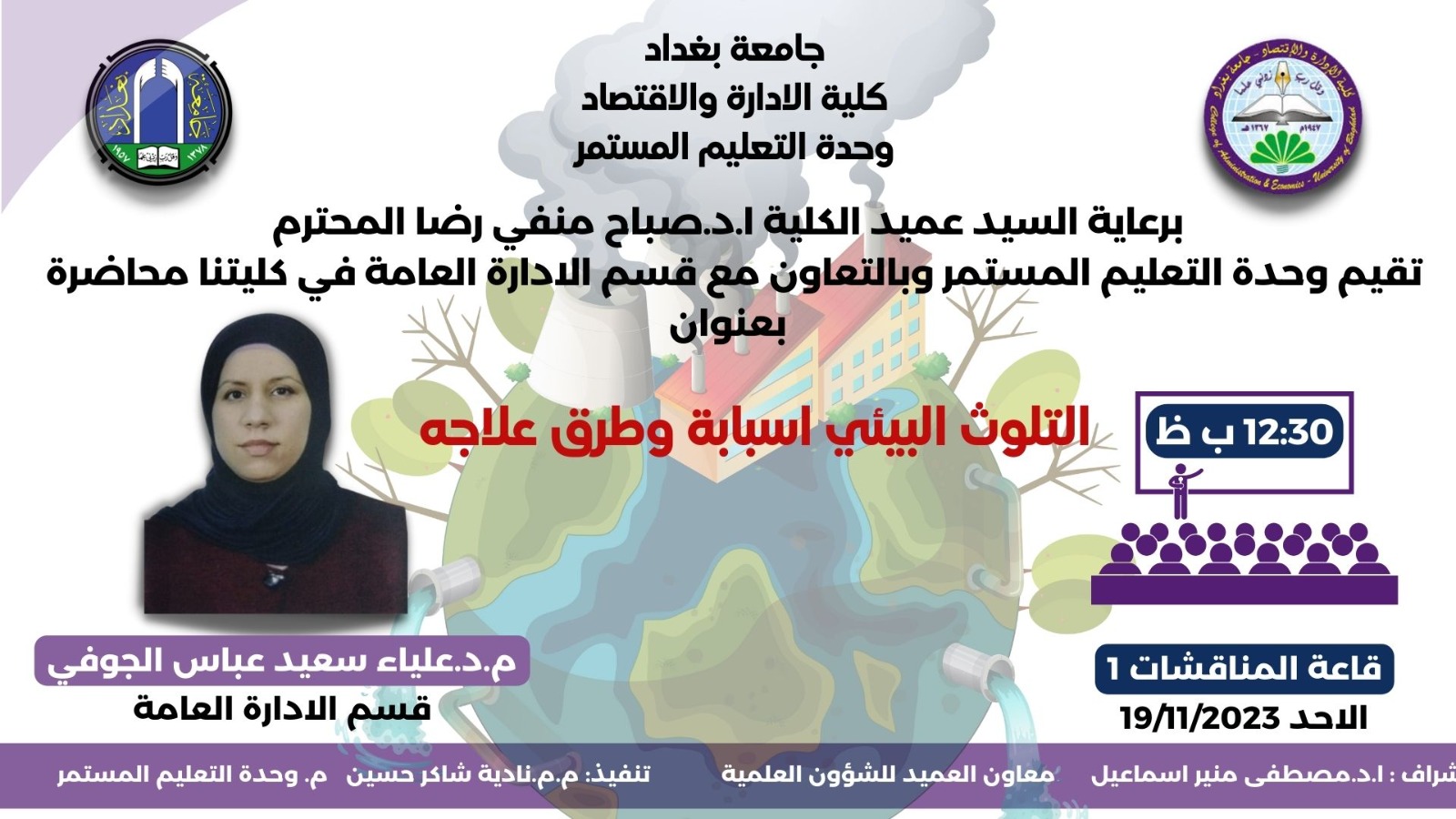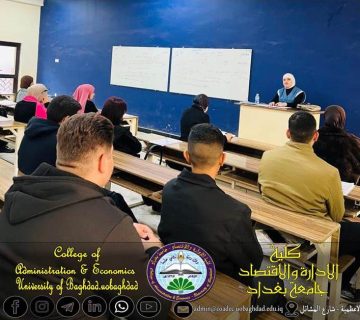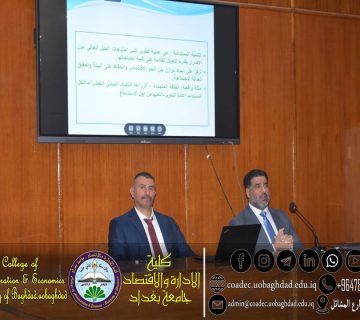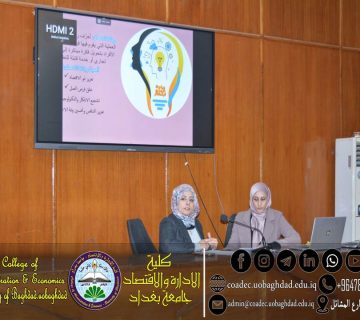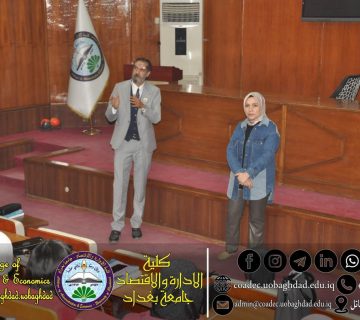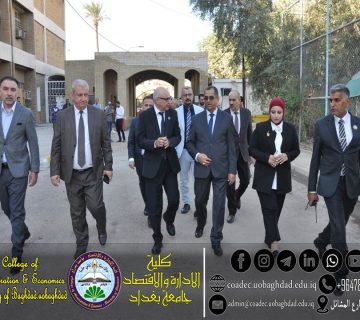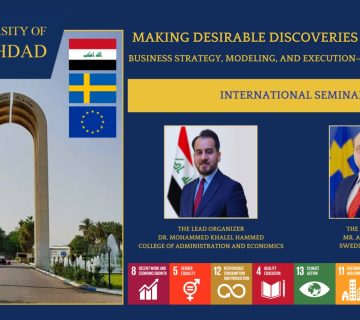The Continuous Education Unit, in cooperation with the Department of Business Administration, organized a lecture entitled “Environmental Pollution: Its Causes and Methods of Treatment”, which was delivered by Dr. Alia Saeed Al-Jawfi, the lecture included an explanation of the concept of environmental pollution, its degrees, and the seriousness of each degree.
Environmental pollution is a term that means all the ways in which human activity causes harm to the natural environment. Pollution may be visible, such as waste or in the form of black smoke emanating from a factory, or it may be invisible and without smell or taste. Some types of pollution may not actually cause land pollution. Or water or air, but it is enough to impair the enjoyment of life for people and other living organisms. The noise emitted from traffic and machinery, for example, can be considered a form of pollution that deprives the enjoyment of life in societies.
The lecture also divided environmental pollution into three degrees, according to the severity of each degree:
- This degree of pollution does not affect the balance of the ecosystem, as it is not accompanied by any dangers, so it does not affect the environment.
- As for the second degree, which is hazardous pollution, which is the result of industrial activity and increased mining activity, this degree exceeds the critical ecological limit.
- The most dangerous of these degrees is the third degree, in which pollution is devastating. It is the stage in which the ecosystem collapses and becomes unable to provide due to the radical imbalance in the level. The best example of this degree is the Chernobyl accident that occurred in the nuclear reactors in Ukraine.
The lecture also touched on the sections of environmental pollution, the most important types of environmental pollutants, and ways to protect the environment from pollution. The lecture was attended by a number of teachers and college employees, where their inputs were discussed and their inquiries were answered.

